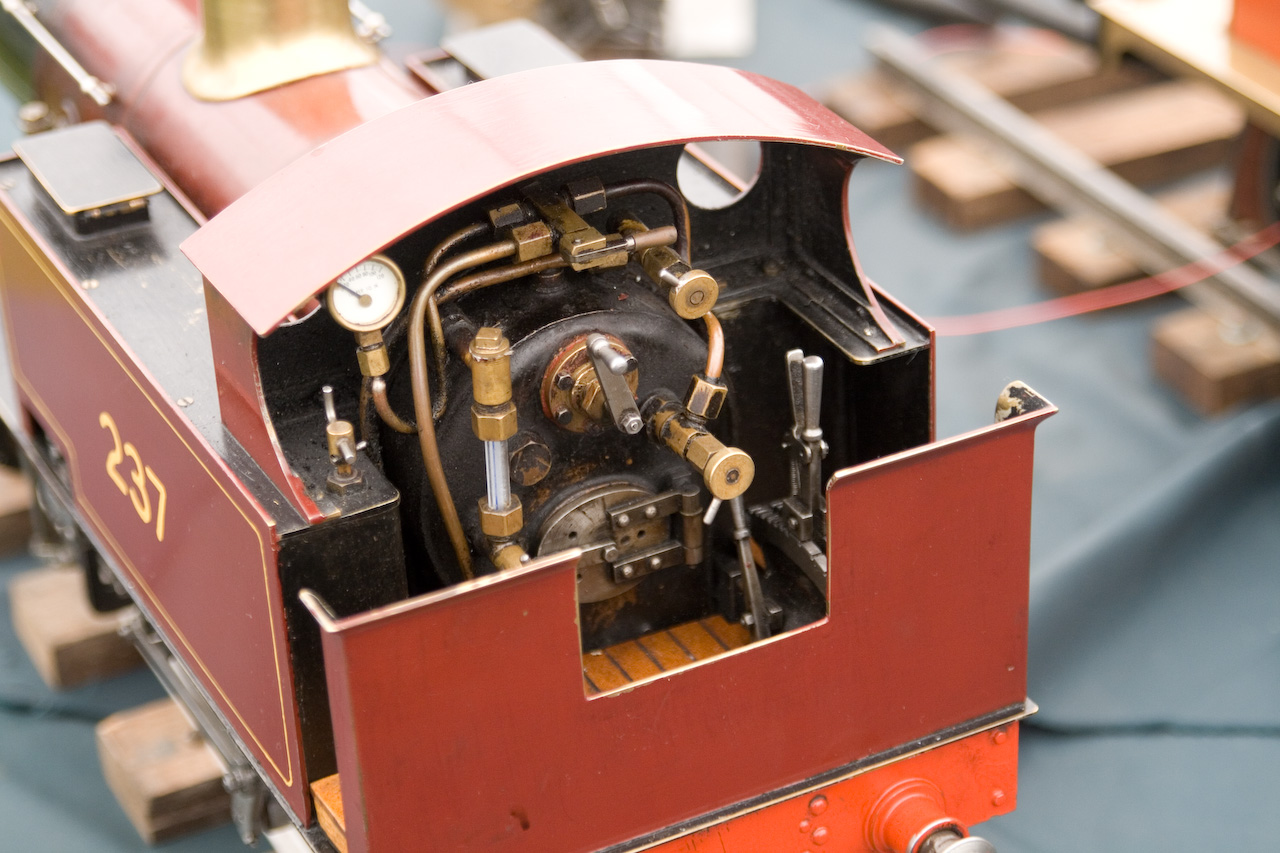A model railroad can be built in a simple circle run. The advantages of continuous loops are its simplicity
and reduced collision risk. You could also
go fancy with a turntable. It allows the
circuit to reverse the locomotive direction and can channel the model train to
a storage stop.
Board
The layout of the railroad is placed on a board. If you are rating low in the carpentry skill
category, you can begin with readymade boards.
Just be sure that it’s sturdy and able to bear the weight of the
model. Experienced railroaders have
tiled their models over used doors and table tennis surfaces. More layout suggestions are provided by a review for model trains
for beginners.
Tracks
Tracks would serve as the path of the toy train. And placing these rail models on the board
would be your next task. You can begin
with the set tracks and work your way to flexible tracks on the later parts of
the track installation. Nailing is the
conventional way of firmly laying the tracks down the board.
To make the train run a lot quieter, you can introduce track
underlays to deaden the sound. The
addition of underlays can also make the trainway appear more striking, since it
raises the track above ground.
Sceneries
The tracks and board makes the model railroad
functional. Meanwhile, sceneries make the layout appear closer to the real thing. Most of the time, sceneries are engineered by
railroaders. They can devise their own
or model it after popular train tracks.
A model railroad can be made rich in detail with the addition
of bridges. You can be resourceful by
using foam, sheets girders, or car crash barriers to build up the miniature
scenic view. Add roads marked with
linings, residences, trees, or wildlife.
Keep the details congruent with the theme of the model railroad.
